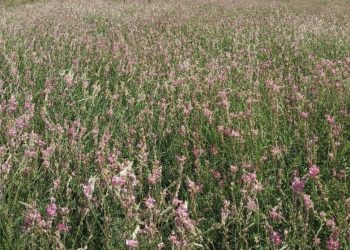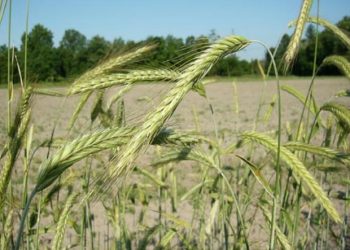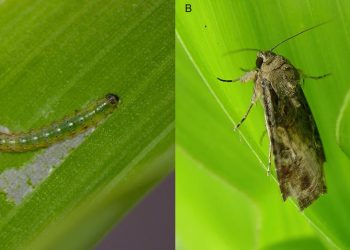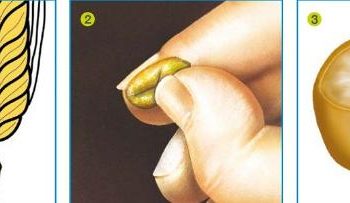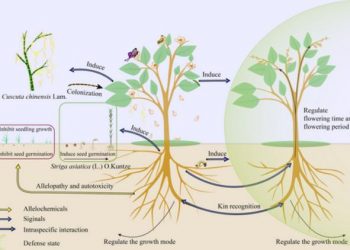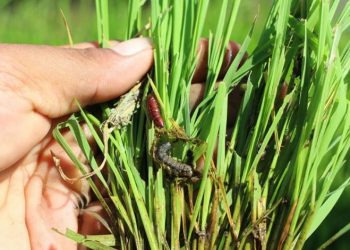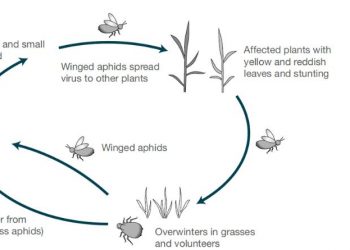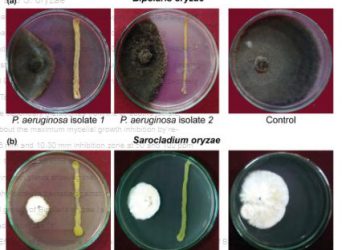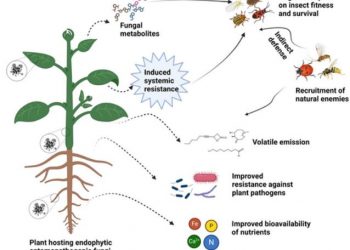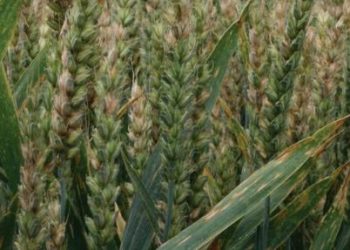Research & Development
Explore groundbreaking research and developments in plant genetics, new crop varieties, pest control, and the effects of climate change on agriculture.
The Quality of Annual and Perennial Grasses in the Krasnoyarsk Krai Confirmed
Specialists from the branch of the Federal State Budgetary Institution "Rosselkhoztsentr" in the Krasnoyarsk Krai have completed the evaluation of...
Read moreInfluence of crop management on stability rye yield and some grain quality traits
The study explored the performance of hybrid and population rye (Secale cereale) cultivars under two different crop management intensities in...
Read moreBiology of fall armyworm
Fall armyworm, Spodoptera frugiperda (J.E. Smith) (Lepidoptera: Noctuidae), is a voracious pest of various crops, especially grasses, such as maize, rice, and...
Read morePre-harvest glyphosate: best practice in cereals
In cereals, glyphosate applications can reduce green material, including immature tillers, and improve harvest efficiency and grain storage. This can...
Read moreAllelopathy and allelobiosis
Chemical interactions in plants mainly involve allelopathy and allelobiosis. The term ‘allelobiosis’ is relatively new and denotes interactions in which...
Read moreCABI assists the Philippines in assessing the impact of fall armyworm in rice
CABI has joined forces with the Philippine Rice Research Institute (PRRI) to assess the impact of the fall armyworm (Spodoptera frugiperda) pest...
Read moreBasic biology of the grain aphid
Grain aphid (Sitobion avenae) is an important vector of Barley yellow dwarf virus (BYDV) in cereals and can transmit Potato virus Y (PVY) in...
Read moreEvaluation of phyllosphere bacterial biocontrol agents for the suppression of rice foliar diseases
Plant growth-promoting rhizobacteria (PGPR) and soil-inhabiting fungal antagonists such as Trichoderma are effective biocontrol agents for managing plant diseases caused by soil-borne...
Read moreEndophytic entomopathogenic fungi as biological control agents of insect pests
The rapidly growing global population necessitates increased food production, which can be achieved either through expanding cultivated land or enhancing...
Read moreHigh risk of fusarium infection after wet weather
Fusarium species release mycotoxins that are dangerous to both humans and livestock if ingested. In cattle, fusarium poisoning can reduce...
Read more

